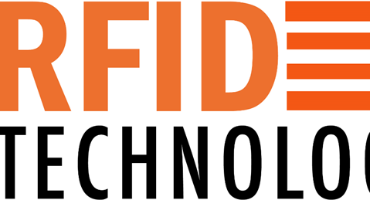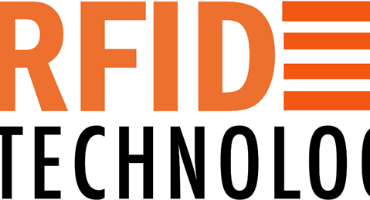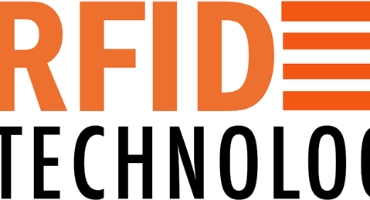The three main types of RFID frequencies are:
Low Frequency (LF) RFID: LF RFID operates at frequencies between 125 kHz and 134 kHz. It has a short read range of up to 10 cm and is commonly used for applications such as animal tracking, access control, and car immobilization. LF RFID is less affected by metal and water, making it suitable for applications where these materials are present.
High Frequency (HF) RFID: HF RFID operates at frequencies between 13.56 MHz and 14.5 MHz. It has a read range of up to 1 meter and is commonly used for applications such as payment systems, ticketing, and library book tracking. HF RFID is ideal for applications where a high level of security is required.
Ultra-High Frequency (UHF) RFID: UHF RFID operates at frequencies between 860 MHz and 960 MHz. It has a read range of up to 10 meters and is commonly used for applications such as inventory management, supply chain management, and asset tracking. UHF RFID is suitable for applications that require long-range reading and can read multiple tags simultaneously.
There are also two additional types of RFID frequencies that are less commonly used:
Very Low Frequency (VLF) RFID: VLF RFID operates at frequencies between 3 kHz and 30 kHz. It has a long read range of up to several kilometers and is commonly used for applications such as tracking vehicles and large equipment.
Microwave RFID: Microwave RFID operates at frequencies between 2.45 GHz and 5.8 GHz. It has a read range of up to 30 meters and is commonly used for applications such as toll collection and asset tracking.
The choice of RFID frequency depends on the specific application requirements, such as the required read range, number of tags to be read simultaneously and presence of metal and water.





